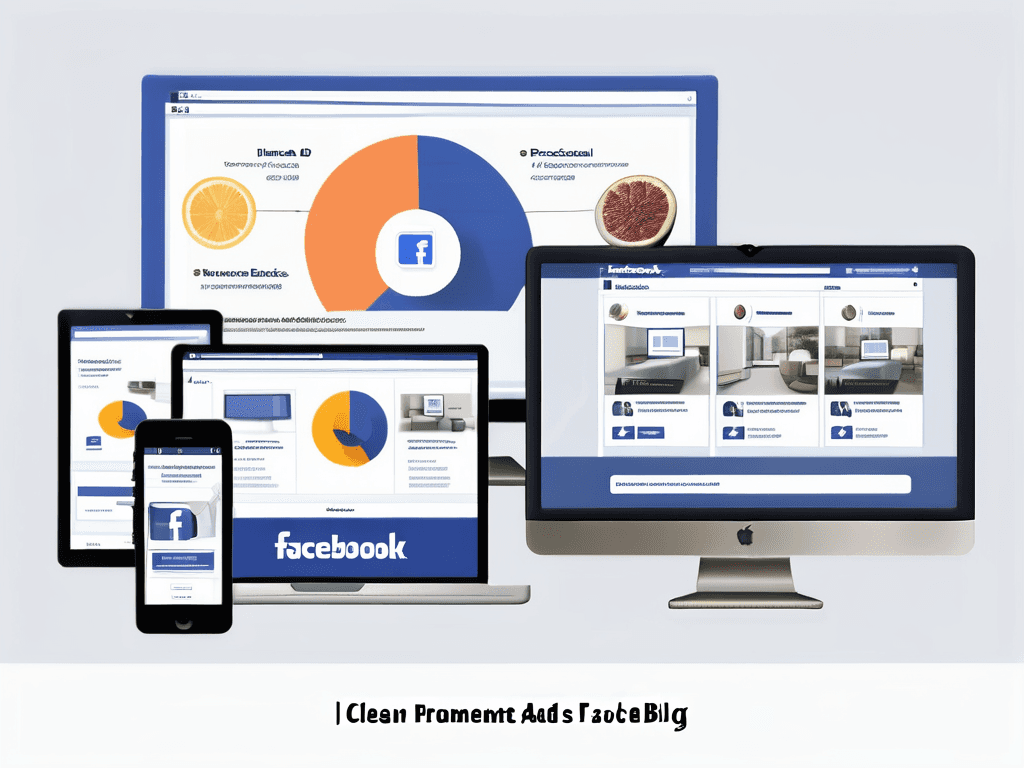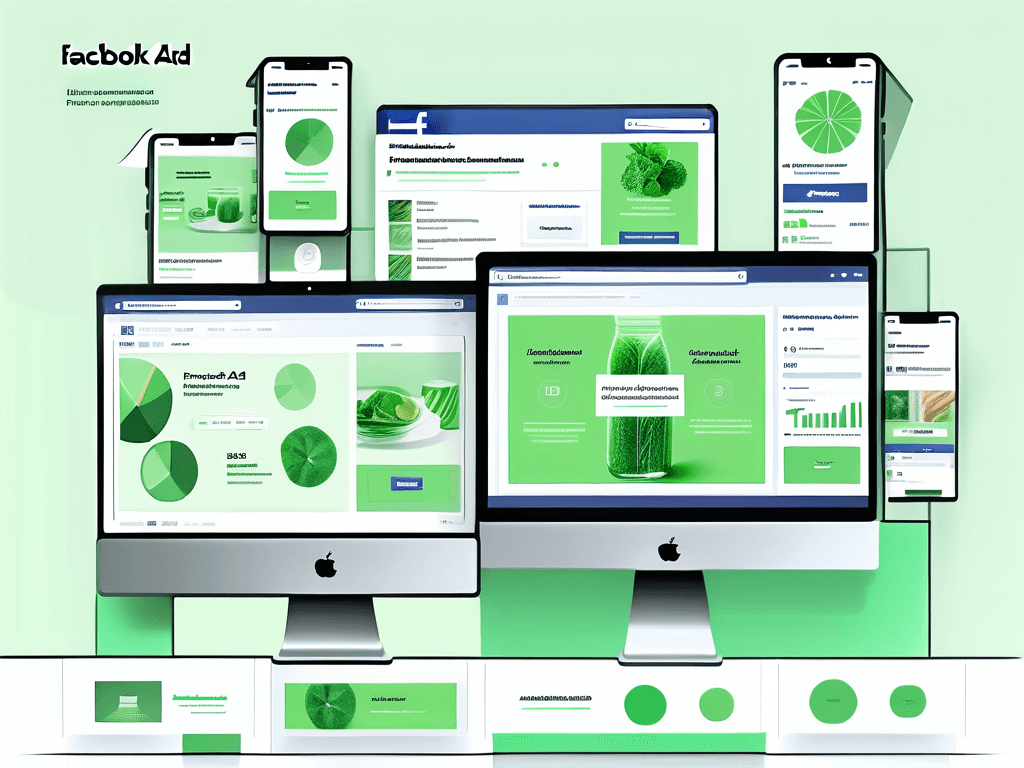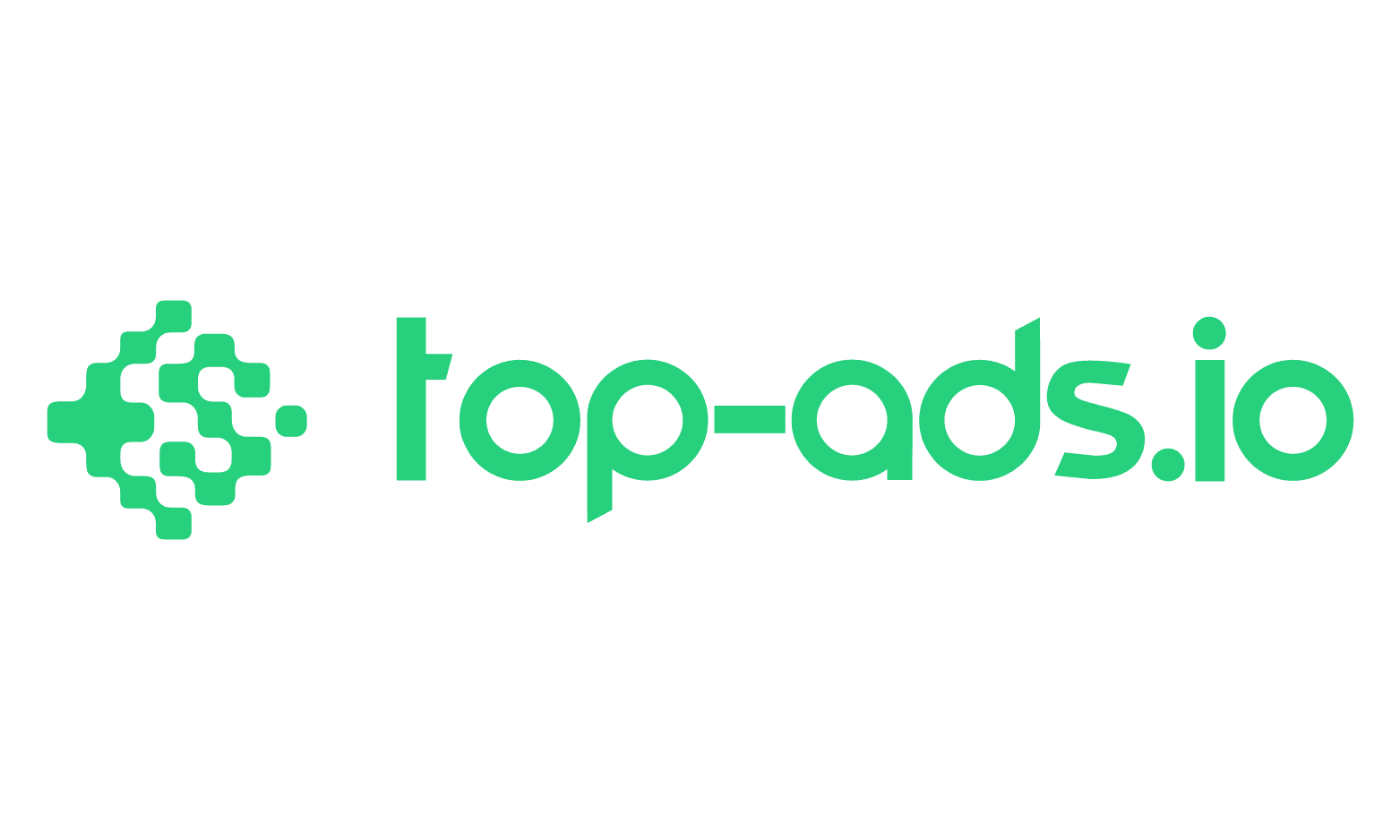An overview of the different Facebook Ads formats
Aug 21, 2024
In today's digital world, it is crucial for companies to develop effective marketing strategies to reach their target audience and increase sales. A popular marketing platform many companies use is Facebook. With over 2.8 billion monthly active users, Facebook provides a vast reach and a variety of opportunities to engage the target audience. An effective way to advertise on Facebook is through Facebook Ads formats. In this article, we will take a look at the various Facebook Ads formats and examine how companies can leverage them to achieve their marketing goals.
Understanding Facebook Ads Formats
Before we dive deeper into the various Facebook Ads formats, it is important to understand what Facebook Ads formats are and why they are important for companies.

Facebook Ads are an essential part of many companies looking to expand their reach and presence on social media. The variety of available formats allows companies to tailor their advertising strategy specifically to their target audience, resulting in more effective outcomes.
What are Facebook Ads Formats?
Facebook Ads formats are the various types of ads that companies can run on Facebook. These formats range from image ads to videos, carousel ads, and more. Each format has its own characteristics and can be used in different ways to capture the target audience's attention.
The diversity of formats allows companies to get creative and present their message in various ways. From interactive ads to story ads, the different formats provide a wealth of opportunities to capture user attention and prompt action.
Why are Facebook Ads Formats Important?
Facebook Ads formats are important because they give companies a way to present their message in diverse ways and reach their target audience. With the various formats, companies can tailor their ads to the preferences and behaviors of their target audience, potentially leading to higher effectiveness and conversion rates.
By skillfully using the different formats, companies can enhance brand awareness, generate leads, and ultimately boost sales. The flexibility and adaptability of Facebook Ads formats make them an indispensable tool in the marketing mix of many companies.
The Different Types of Facebook Ads Formats
Image Ads
Image ads are one of the most common forms of Facebook Ads. Companies can use an engaging image to capture the target audience's attention and communicate their message. Image ads are well-suited for brand awareness and can be combined with compelling text to attract attention.
Video Ads
Video ads allow companies to present their message in the form of a video. Videos are an effective way to evoke emotions and keep the target audience's attention. With video ads, companies can tell their story and present their product or service in an engaging way.
Carousel Ads
Carousel ads allow companies to present multiple images or videos in a single ad. Users can scroll through the different images or videos and learn more about the company or the advertised product. Carousel ads are ideal for showcasing various product features, offers, or testimonials.
Slideshow Ads
Slideshow ads are an interesting way to create visually appealing ads even without professional video productions. Companies can combine images in a slideshow and overlay them with music or text to grab the target audience's attention. Slideshow ads are cost-effective and can still provide an impressive visual experience.
Collection Ads
Collection ads allow companies to showcase their products or services in a catalog-like format. Companies can display a main image or video along with related product images. Users can open the collection ad to receive more information and details. This type of ad is well-suited for e-commerce or when companies want to promote several similar products.
Apart from these common Facebook Ads formats, there are other interesting ways to capture the target audience's attention. One of them is Instant Experience Ads, previously known as Canvas Ads. These interactive ads enable companies to create an immersive experience where users scroll through images, videos, and carousels to learn more about the advertised product or service. Instant Experience Ads offer a dynamic and engaging way to reach the target audience and keep their attention.
Another option is Lead Ads. This type of ad allows companies to generate qualified leads directly on Facebook. By filling out a form within the ad, users can leave their contact details to receive further information or offers. Lead Ads are particularly effective for capturing interest and supporting sales efforts. Companies can then import the generated leads into their CRM systems and use them for further marketing activities.
Choosing the Right Facebook Ads Format
Factors to Consider When Choosing
When selecting the right Facebook Ads format, companies should consider various factors. These include the objective of the ad, the target audience, the advertising budget, and available resources. Each format has its own advantages and can be suitable for different campaign goals.

Pros and Cons of the Different Formats
It is important to understand the pros and cons of the various Facebook Ads formats to make the best decision for the company. For instance, image ads may be easy to create but have limited interactive possibilities. Video ads can be highly effective but may require a higher investment and effective video production. By weighing the pros and cons, companies can choose the format that best aligns with their goals and resources.
Another important aspect of selecting the right Facebook Ads format is the placement of the ads. Depending on the target audience and campaign goal, ads can be placed in the news feed, in the right-hand column, or in the Audience Network. Each placement option offers different advantages and disadvantages in terms of visibility, cost, and interaction possibilities. It is advisable to test different placement options and monitor the ad performance to identify the optimal placement for the respective campaign.
Optimizing Facebook Ads Formats
Best Practices for Image Ads
To get the most out of image ads, companies should ensure that the images are of high quality, convey clear messages, align with the brand, and are attention-grabbing. An engaging headline and persuasive text can also help improve the ad's performance.

Tips for Optimizing Video Ads
When optimizing video ads, companies should ensure that the video resonates with the target audience and communicates a clear message. The video should not be too long in order to maintain user attention. Subtitles can be helpful to ensure the ad is understandable even without sound.
How to Effectively Use Carousel Ads
To effectively use carousel ads, companies should ensure that the different images or videos tell a cohesive story and resonate with the target audience. Companies can highlight various product features or present a sequence of related information to persuade users.
With this overview of the various Facebook Ads formats, companies can recognize the diversity of options available to reach their target audience and achieve their marketing objectives. It is important to understand the characteristics and pros and cons of each format and make the right selection based on campaign goals and available resources. By optimizing and adhering to best practices, companies can unlock the full potential of Facebook Ads formats and engage in successful marketing on the platform.
Another important aspect of optimizing Facebook Ads is targeting the ads to the desired audience. Companies should carefully analyze the demographic characteristics, interests, and behaviors of their target audience to ensure that the ads are shown only to relevant users. By utilizing targeting options such as location, age, gender, and interests, companies can effectively tailor their ads to the needs and preferences of their target audience.
In addition to targeted advertising, it is also important to regularly monitor and analyze the success of Facebook Ads. Companies should measure the performance of their ads based on relevant metrics such as click-through rate, conversion rate, and cost per conversion. Through regular monitoring and analysis, companies can identify weaknesses and continuously optimize their ads to achieve better results.

